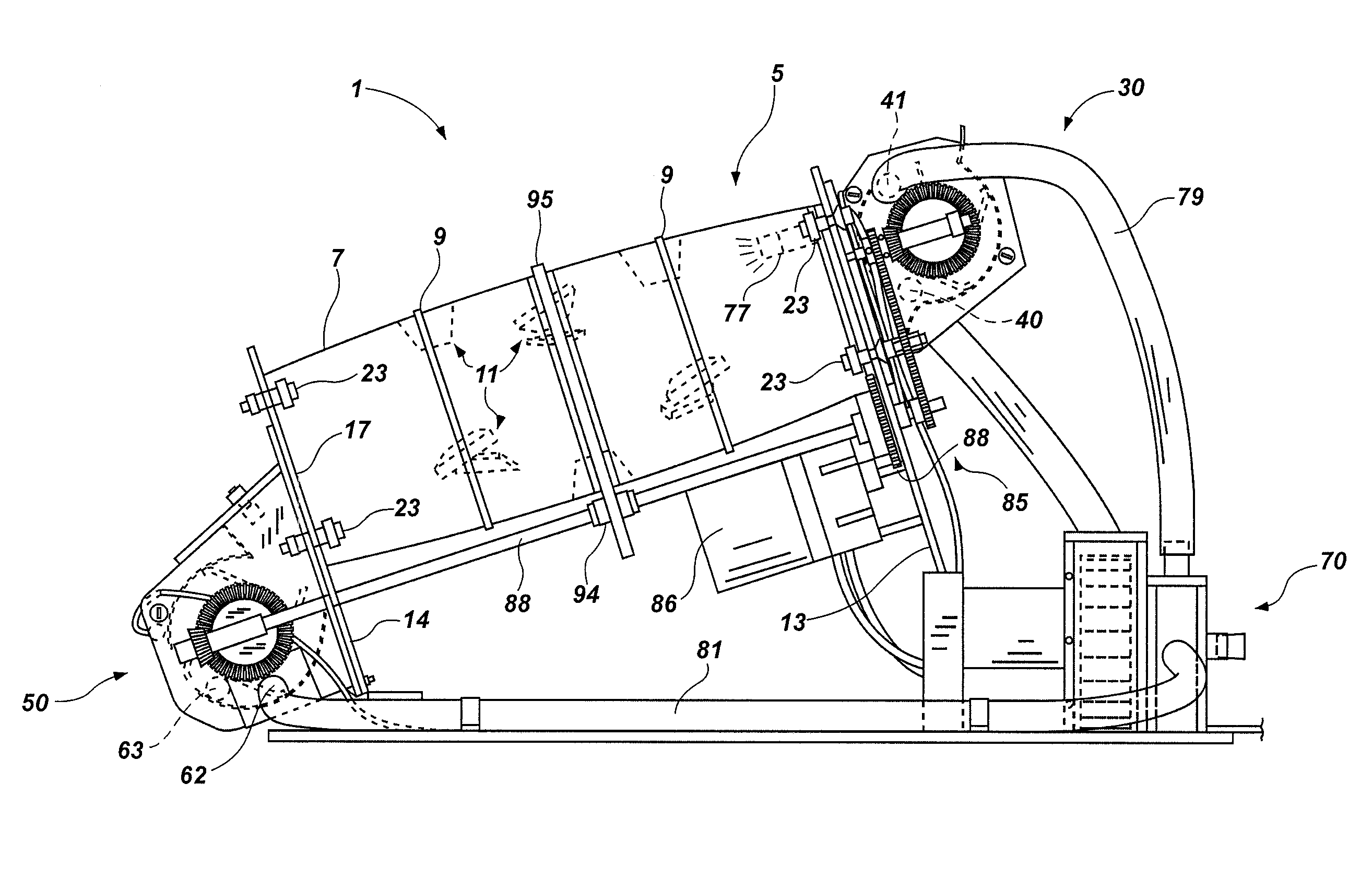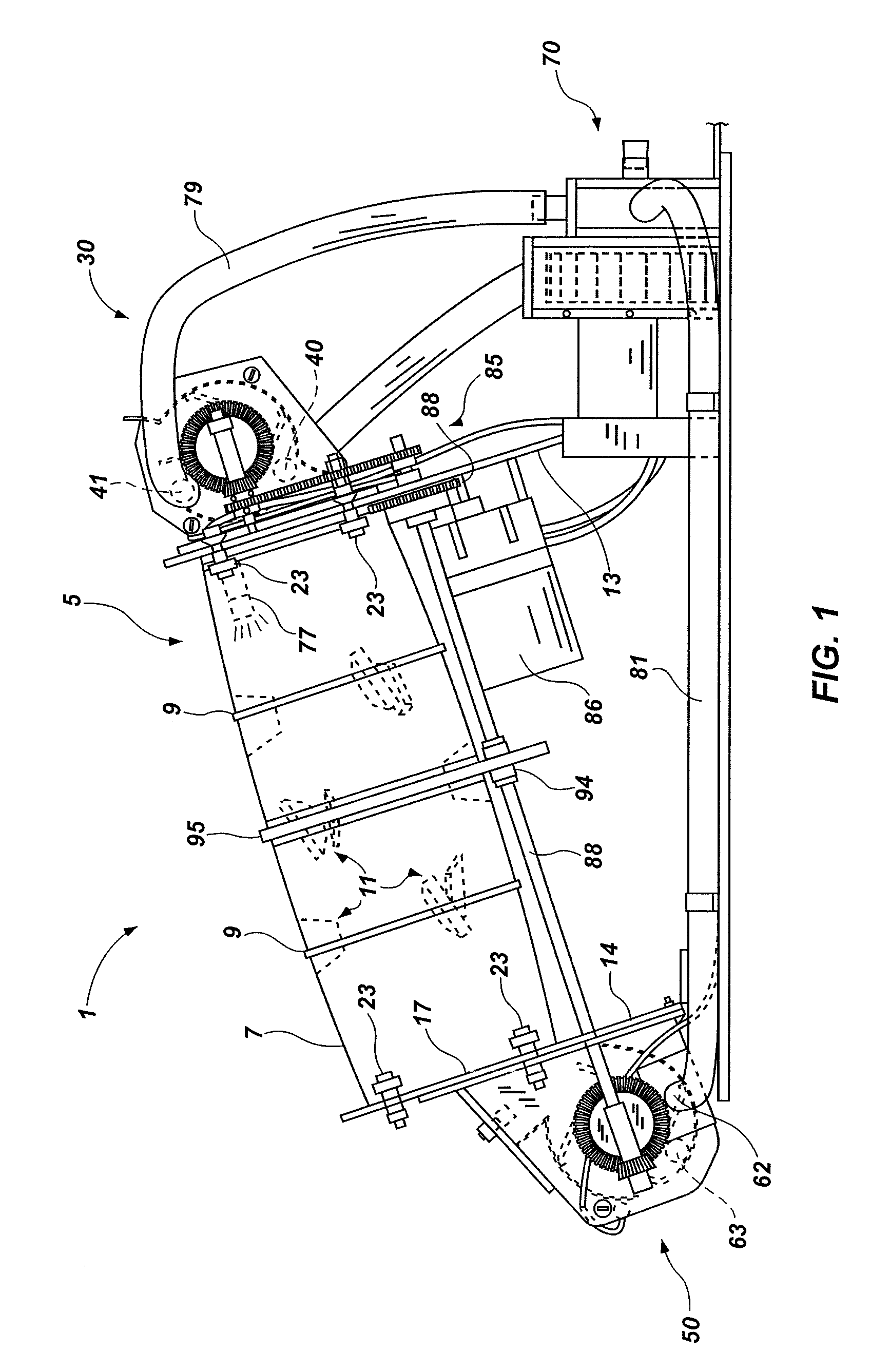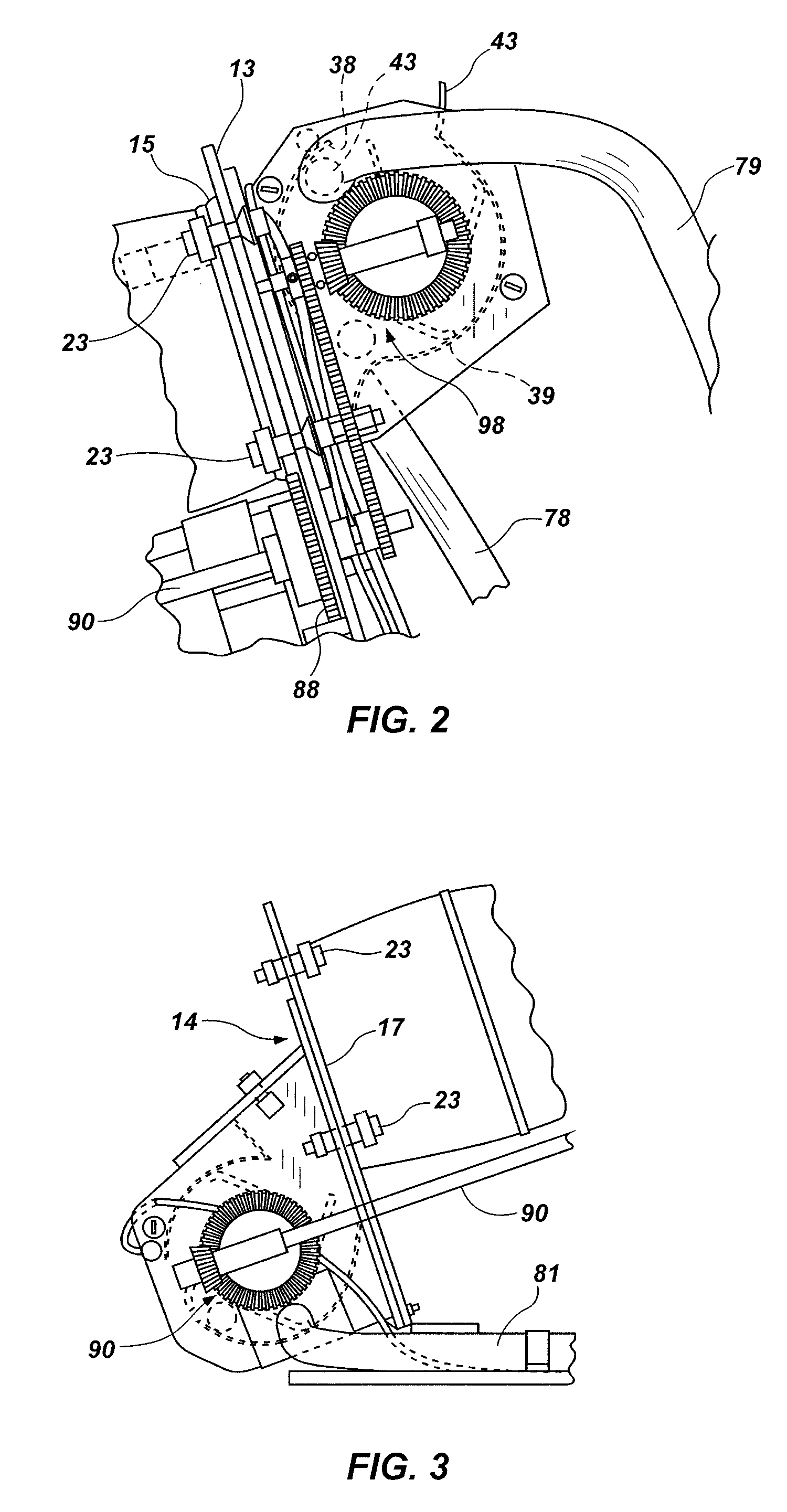Food safety is an important issue in the
food industry in general and particularly in the industry of supplying
protein, i.e., edible meat products, from animals and poultry.
By the very nature of the animals and birds, the conditions in which they are grown to suitable size, and the nature of the commercial slaughtering processes, “meat packers” face serious challenges in producing products that pass government and industry standards and are safe for consumption.
When a problem arises in the slaughtering process, the consequences can be serious in terms of
public health.—exposing many individuals to serious health consequences, including possibly death.
Large product recalls of ground beef can result in substantial adverse economic consequences to meat packers, retailers and all those in the intermediate
distribution chain.
Despite continuing vigilance for E. coli
contamination in beef carcasses and processed beef, E. coli continues to be a persistent problem.
Reported cases of sickness and death continue to occur from red-meat
contamination, and the industry continues to be at risk to expensive product recalls to correct deficiencies in meat
processing and distribution.
These health and economic consequences continue to occur despite significant efforts to avoid.
While it is possible to promulgate regulations mandating a zero percent tolerance, i.e., incidence, for
Salmonella and other pathogens in products leaving a production
plant, no known process exists at the present time for achieving that lofty and desirable goal.
There is concern, however, that in practice the trimmings (particularly the exterior of trimmings) may still be subject to
contamination or cross-contamination from other intervening sources.
The problem is exacerbated by the fact that the trimmings are commingled before
grinding, and the ground beef is commingled after
grinding, so that isolated instances of contamination in portions of the trimmings can be spread through larger portions of the hamburger product.
Nevertheless, testing can never be complete or thorough enough to catch all possible contamination.
For example, testing practices can only validate that the specific portion of the trim or ground beef being tested is free of pathogens.
Surfaces not tested, even on the same piece of meat, can be contaminated even though the portion tested evidenced no contamination.
Thus, testing—even at extreme levels—cannot ensure that contamination is not present.
In practice, however, antimicrobial interventions are not employed in ground beef for several significant reasons.
Among other things, the application of an antimicrobial agent at this
late stage of preparation may be accompanied by discoloration of the meat and “off-smells” or tastes that are offensive or objectionable to potential purchasers and consumers.
In addition, such a process would be highly inefficient and not necessarily effective.
For example, it would be virtually impossible to contact all portions of the hamburger or those portions that are likely to have been contaminated prior to grinding.
Nevertheless, a substantial amount of antimicrobial agent will be unavoidably wasted by spraying onto portions of the hamburger that were not contaminated (i.e., portions coming from the interior of the trim).
Even if an antimicrobial intervention can be found that does not result in objectionable tastes, smells or surface discoloration, the
label may significantly discourage sales of the treated product notwithstanding its enhanced safety.
Applicant is aware of one instance in which an antimicrobial has been sprayed on to trimmings in a commercial processing facility as the trimmings were conveyed to the grinder, but the process had a number of difficulties, not the least of which were: (a) questionable effectiveness, since all surfaces of the trim may not have been treated with the antimicrobial agent and (b) environmental and other occupational health issues associated with
vaporization of the antimicrobial agent into the
working environment.
The latter would be particularly objectionable, for example, if the antimicrobial were
chlorine dioxide—a highly effective antimicrobial with significant potential environmental and occupational health consequences.
The ineffectiveness of such an intervention was demonstrated by a recent trial in which antimicrobial was sprayed on pork trim moving in an
auger at 37,000 pounds per hour as the trim approached the grinder.
Monitoring of the trim exiting the
auger revealed inconsistent microbial reduction, and the trial was halted.
For these reasons, antimicrobial interventions have not been generally employed to treat either the meat trimmings being fed to a grinder or to the ground hamburger that comes out.
Thus, current practices have been limited to the use of vacuum packaging of the hamburger or packaging into a
low oxygen or “
inert” gaseous environment.
These efforts, however, only reduce the further growth of any pathogens inherent in the meat.
 Login to View More
Login to View More 


